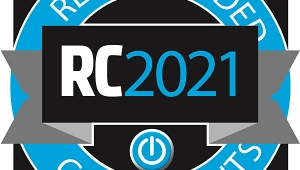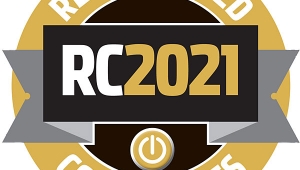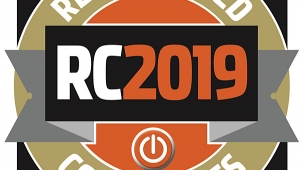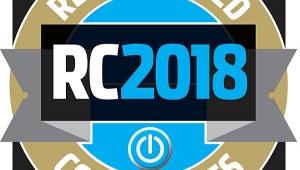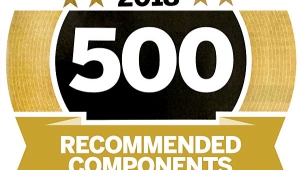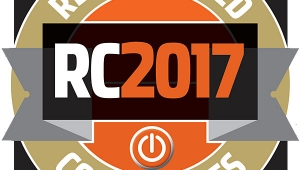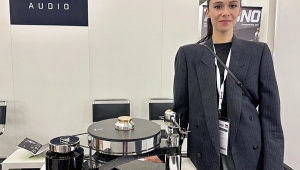| Columns Retired Columns & Blogs |
For the past three years not one Pro-ject turntable has been in the recommended list but there is always some number of Music Hall models recommended. I believe they're made at the same factory, some even share the same arms. I'm not trying to take away anything from Music Hall because they're fine turntables but this just seems a little biased maybe.







